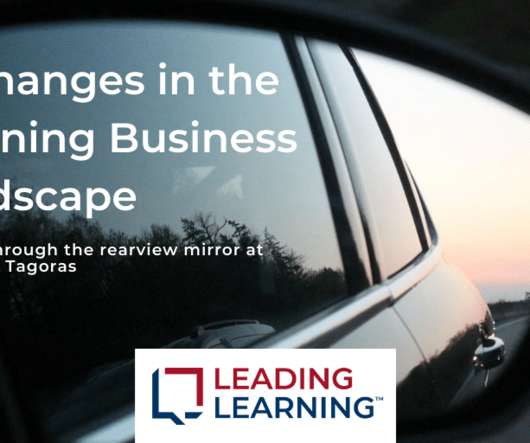Jeffrey Cufaude, Idea Architects: Seen Elsewhere: Crowdsourcing.
Idea Architects
FEBRUARY 12, 2012
Summary: Three thought-provoking websites, from beyond the association management realm, that offer new ideas for association executives. In this edition, explore examples of crowdsourcing in action, experiments in new forms of management, and a case of learning driven by a behind-the-scenes look at conference planning.
.png)














Let's personalize your content